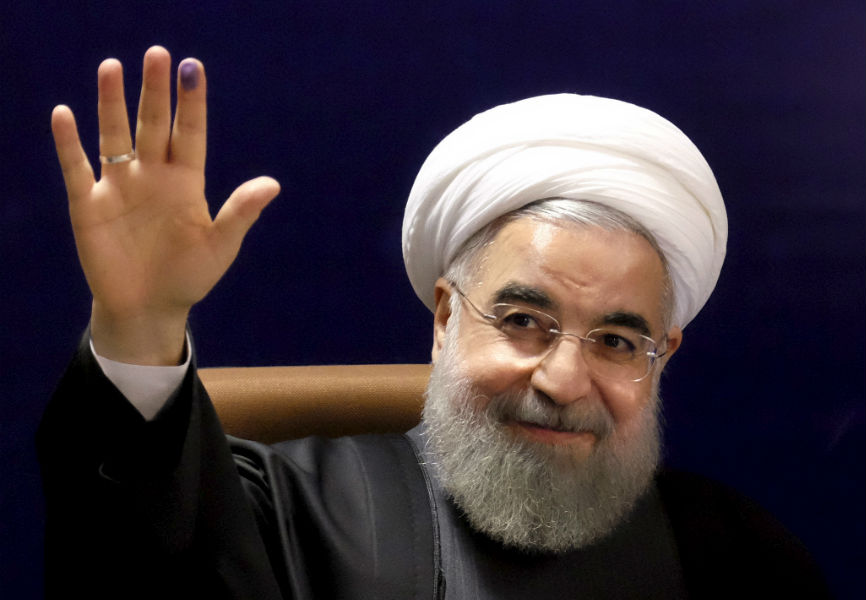Iran's latest escalation—
exceeding a key limitation of the 2015 nuclear agreement—continues its calculated,
two-pronged strategy to ratchet up pressure on the US.
The big picture
In the past two months, Iran or its proxies have allegedly attacked
six oil tankers,
shot down two US drones, and struck
Saudi oil infrastructure. Meanwhile, Iran has taken a
step-by-step approach to violating its commitments under the nuclear deal, provoking
international condemnation and raising the odds of confrontation.
Details
Iran's nuclear and regional actions have three goals:
- Increase costs for the US, to deter further pressure or attack by demonstrating willingness to hit back.
- Receive economic concessions from the remaining signatories to the nuclear deal (Britain, France, Germany, Russia, China, and the EU), such as purchases of Iranian oil.
- Build leverage for future talks, even if Trump is reelected but especially if a Democrat succeeds him.
Between the lines
Iran's steps have been calibrated to avoid the immediate collapse of the nuclear agreement or a military response from the US or Israel.
- The attacks in the Gulf did not result in loss of life, and Iran's nuclear steps are all reversible. Tehran is building leverage, not a bomb.
But, but, but
Despite Iran's deliberate approach, the danger of miscalculation is high.
- As Iran racks up nuclear deal violations, it risks pushing away its European friends—not necessarily into the arms of the Trump administration, but toward the conclusion that the nuclear deal is not worth saving.
- As Tehran turns up the temperature in the region, the greatest risk is the killing of a US soldier or diplomat. Even a president who campaigned on ending US wars in the Middle East would be hard-pressed not to respond militarily.
This article originally appeared in Axios.

 Iranian President Hassan Rouhani. REUTERS.
Iranian President Hassan Rouhani. REUTERS.